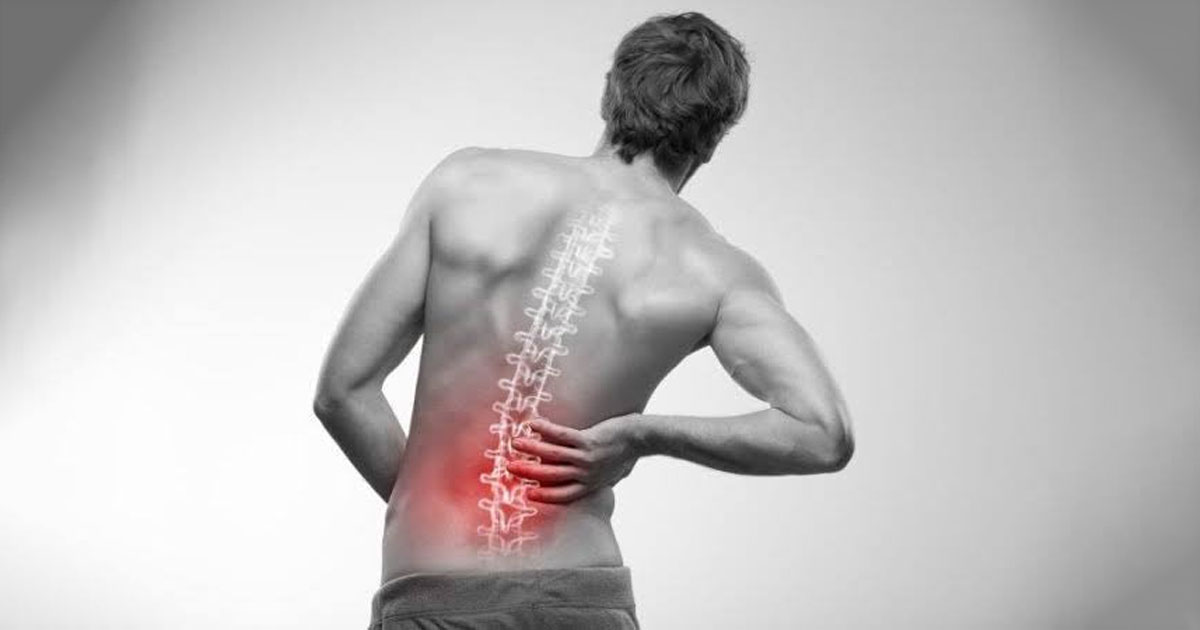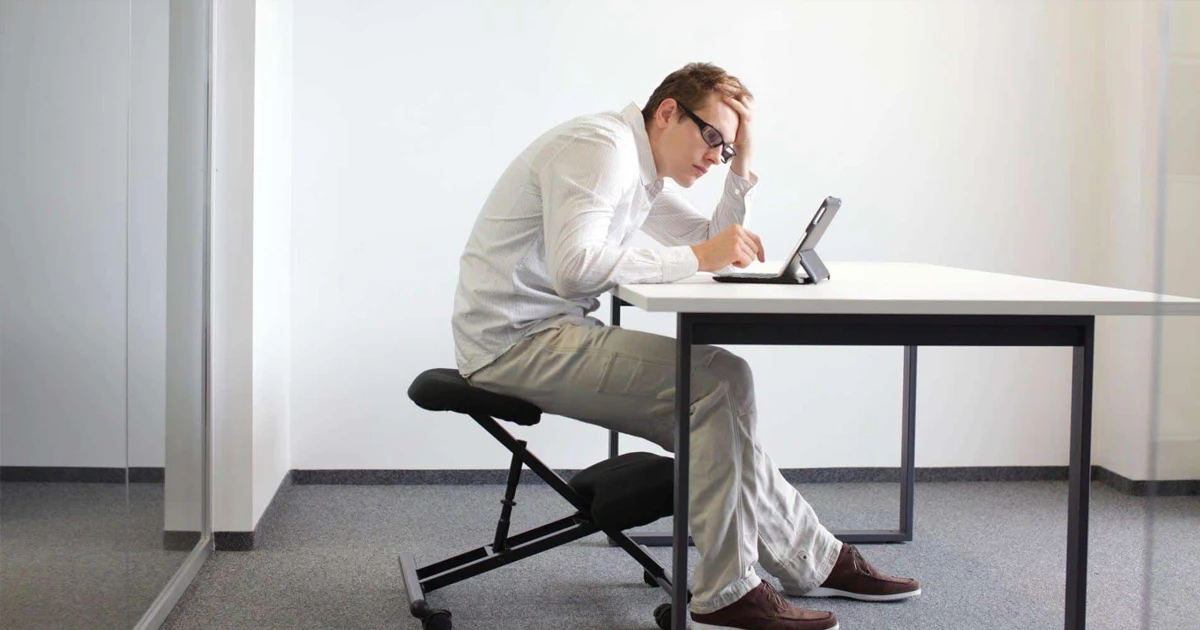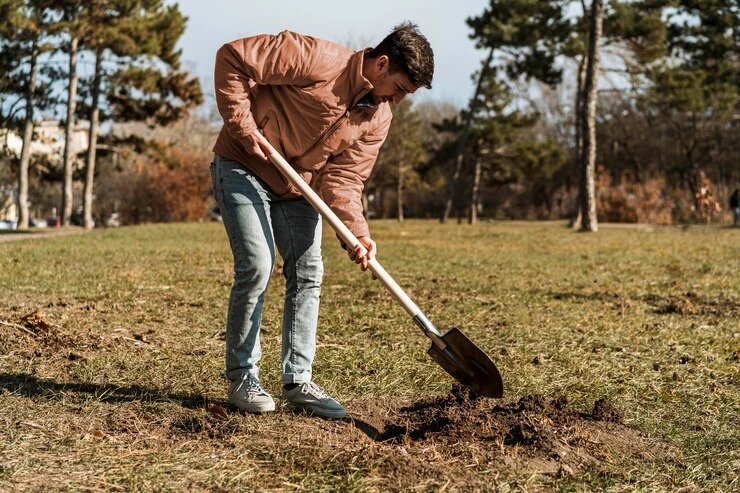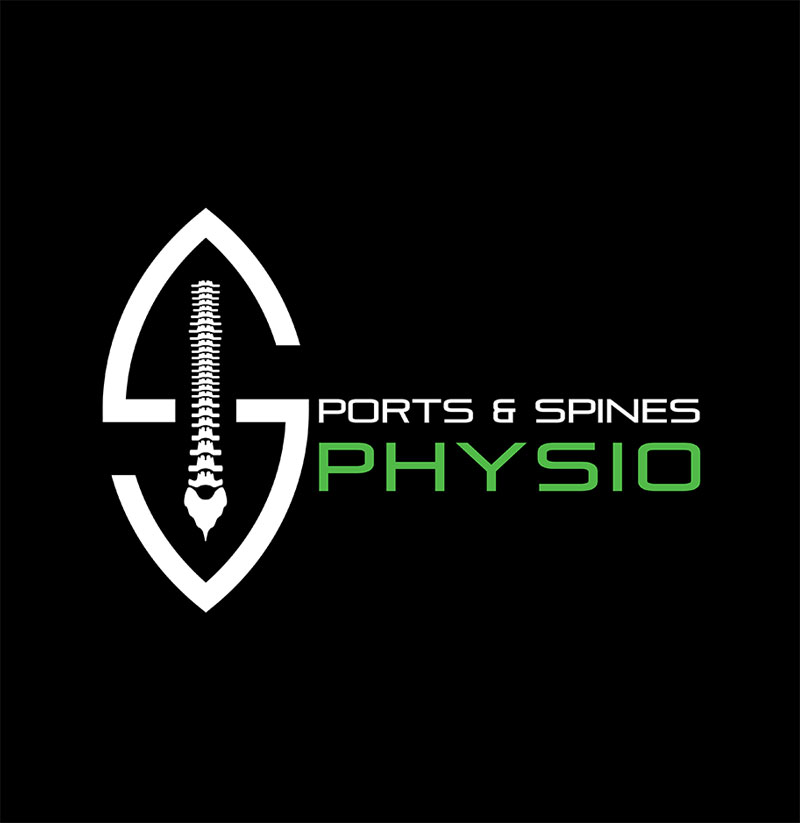
Back facts: 10 facts every person should know about back pain
Low back pain (LBP) is the leading cause of disability worldwide, and is often associated with costly, ineffective and sometimes harmful care. What drives disability and poor care? Unhelpful beliefs about LBP are associated with greater levels of pain, disability, work absenteeism, medication use and healthcare seeking. Unhelpful beliefs are common in people with and without LBP, and can be reinforced by the media, industry groups and well-meaning clinicians.
A review in The British Journal of Sports Medicine (BJSM) in 2019 identified 10 low back pain myths/beliefs as set out below:
1. Persistent back pain can be scary, but it’s rarely dangerous
Persistent back pain can be distressing and disabling, bit it’s rarely life-threatening and you are very unlikely to end up in a wheelchair.
2. Getting older is not a cause of back pain
Although it is a widespread belief and concern that getting older causes or worsens back pain, research does not support this and evidence -based treatments can help at any age.
3. Persistent back pain is rarely associated with serious tissue damage
Backs are strong. If you have had an injury, tissue healing occurs within 3 months, so if pain persists past this time, it usually means there are other contributing factors. A lot of back pain begins with no injury or with simple everyday movement. These occasions may relate to stress, tension, fatigue, anxiety, inactivity or unaccustomed activity which make the back sensitive to movement and loading.
4. Scans rarely show the cause of back pain
Scans are only helpful in a minority of people. Lots of things can be reported on scans such as disc bulges, degeneration, protrusions, arthritis, etc. Unfortunately, the reports don’t say that these findings are very common in people without back pain and that they don’t predict how much pain you feel or how disabled you are. Scans can also change, and most disc prolapses shrink over time.
5. Pain with exercise and movement doesn’t mean you are doing harm
When pain persists, it is common that the spine and surrounding muscles become really sensitive to touch and movement. The pain you feel during movement and activities reflects how sensitive your structures are – not how damaged you are. So it’s safe and normal to feel some pain when you start to move and exercise. This usually settles down with time as you get more active. In fact exercises and movement are one of the most effective ways to help treat the back pain.
6. Back pain is not caused by poor posture
How we sit, stand and bend does not cause back pain even though these activities may be painful. A variety of postures are healthy for the back. It is safe to relax during everyday tasks such as sitting, bending and lifting with a round back – in fact its more efficient.

7. Back pain is not caused by a weak ‘core’
Weak ‘core’ muscles do not cause back pain, in fact people with back pain often tense their ‘core’ muscles as a protective response. This is like clenching your fist after you’ve sprained your wrist. Being strong is important when you need the muscles to switch on, but being tense all the time isn’t helpful. Learning to relax the ‘core’ muscles during everyday tasks can be helpful.
8. Backs do not wear out with everyday loading and bending
The same way lifting weights make muscles stronger, moving and loading make the back stronger and healthier. So activities, like running, twisting, bending and lifting, are safe if you start gradually and practice regularly.

9. Pain flare ups don’t mean you are damaging yourself
While pain flare-ups can be very painful and scary, they are not usually related to tissue damage. The common triggers are poor sleep, stress, tension, worries, low mood, inactivity or unaccustomed activity. Controlling these factors can help prevent exacerbations, and if you have a pain flare-up, instead of treating it like an injury, try to stay calm, relax and keep moving!
10. Injections, surgery and strong drugs usually aren’t a cure
Spine injections, surgery and strong drugs like opioids aren’t very effective for persistent low back pain in the long term. They come with risks and can have unhelpful side effects. Finding low-risk ways to put you in control of your pain is the key.
